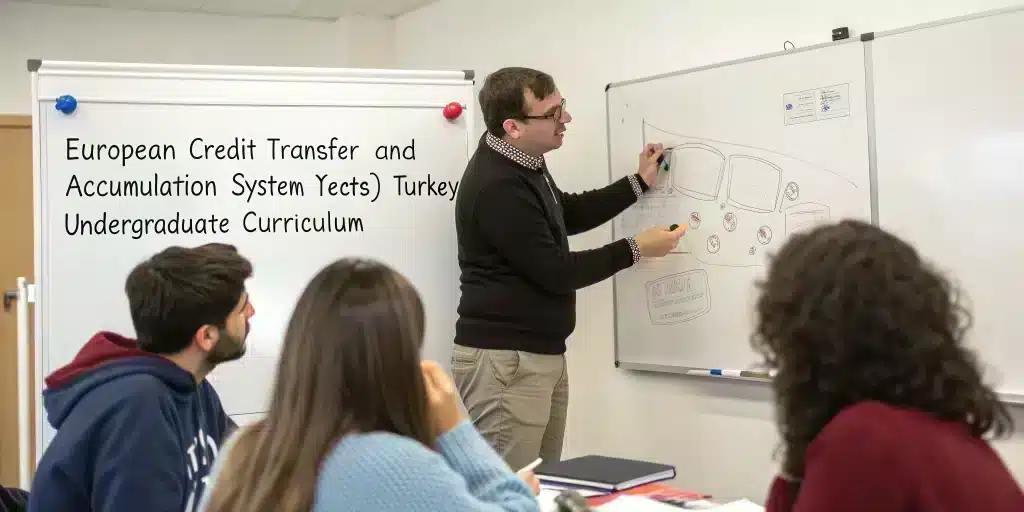Understanding the Undergraduate Curriculum and Credit System (ECTS) in Turkiye
Overview of the ECTS System
Turkish universities have fully adopted the European Credit Transfer and Accumulation System (ECTS) since 2011. This system aligns Turkiye’s higher education policies with European standards, fostering an environment that promotes transferability, transparency, and comparability of academic qualifications. By utilizing the ECTS, institutions in Turkiye not only improve the academic experience for students but also enhance the international recognition of their degrees.
Key Principles of ECTS in Turkiye
Student-Centered Approach
The ECTS is fundamentally a student-centered credit system, emphasizing the total workload required from students for successful course completion. This workload encompasses:
- Lectures
- Practical work
- Independent study
- Assignments
- Examinations
Workload Measurement
One ECTS credit corresponds to approximately 25–30 hours of total student workload. For a full academic year, students are expected to earn 60 ECTS credits, equating to about 1,800 hours of workload calculated at 30 hours per credit. Each semester, students typically take on 30 ECTS credits, which amounts to around 900 hours of workload.
Academic Integrity
This structured workload model ensures that students in Turkiye receive a well-rounded education, harmonizing with the standards set by the Bologna Process, which is crucial for international educational collaboration.
Structure of Undergraduate Programs
Credit Requirements
Undergraduate Degrees: To obtain an undergraduate degree in Turkiye, students must complete 240 ECTS credits over four years (eight semesters). This framework ensures a comprehensive education across various disciplines.
Short-Cycle Programs: Associate degrees require 120 ECTS credits over two years.
Curriculum Design
The curriculum in Turkish universities comprises a blend of compulsory and elective courses, as well as practical applications, seminars, and internships. This mixture is central to fulfilling the total ECTS load.
Related Universities
Students can explore diverse programs at various institutions, such as:
Curriculum Design and Assessment
Program Outcomes
Each academic program in Turkiye is meticulously structured according to well-defined learning outcomes and competencies. This ensures that students acquire essential knowledge and skills relevant to their field.
Credit Allocation
The assignment of ECTS credits for courses is based on the expected learning outcomes and the overall time necessary for students to achieve these goals.
Regulatory Framework
The Higher Education Council of Turkiye (YÖK) oversees the integration of national qualifications within the ECTS and promotes adherence to the Bologna Process, thereby enhancing the system’s reliability.
International Mobility
One of the fundamental benefits of the ECTS is its ability to facilitate the transfer and recognition of academic achievements between Turkish universities and institutions across Europe. This capability is vital for supporting student exchanges and strengthening international mobility.
Workload Allocation Examples
| Program Type | Duration (Years) | Total ECTS Credits | Total Workload (Hours) |
|---|---|---|---|
| Undergraduate Degree | 4 | 240 | 7,200 |
| Short-Cycle (Associate) | 2 | 120 | 3,600 |
This structured approach helps prospective students understand the demands of their chosen fields of study.
Conclusion
The ECTS framework in Turkiye standardizes undergraduate education, ensuring alignment with European standards while promoting student mobility. By focusing on total student workload and clearly defined program outcomes, this system offers clarity and consistency across universities. As a result, international students can better understand course expectations and facilitate credit transfer.
Take the Next Step with Study in Turkiye
Explore your options further with us and find the perfect program in Turkiye. Studying here is a gateway to a world of opportunities!

